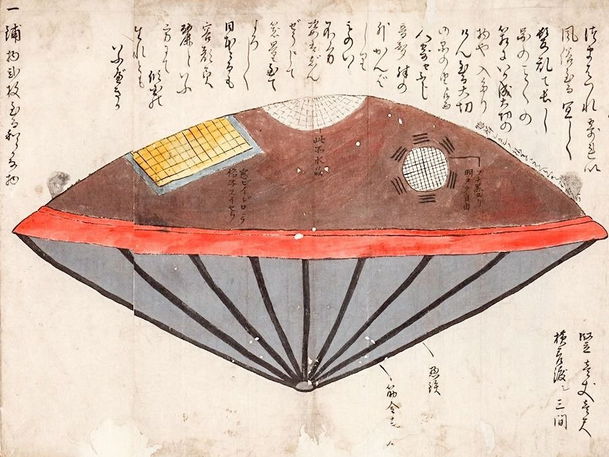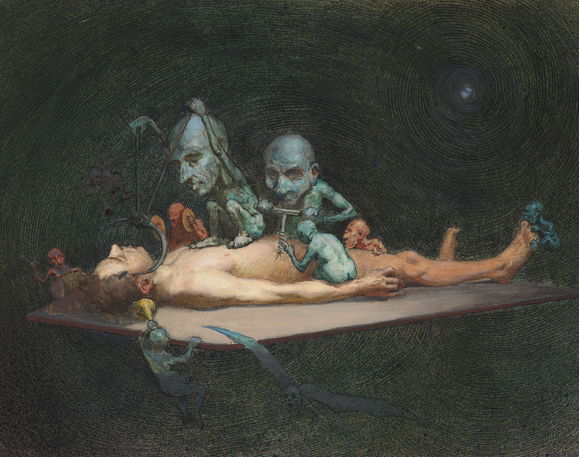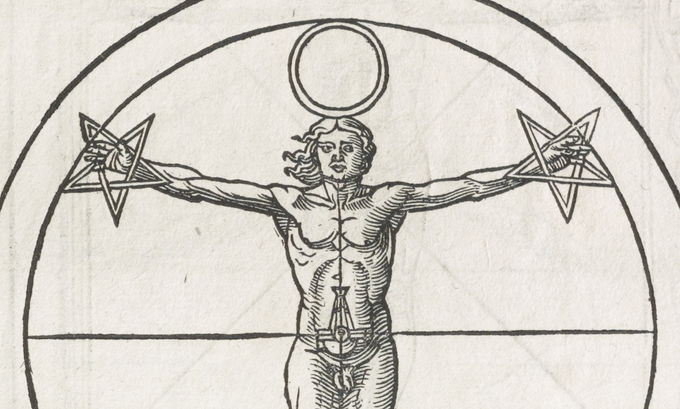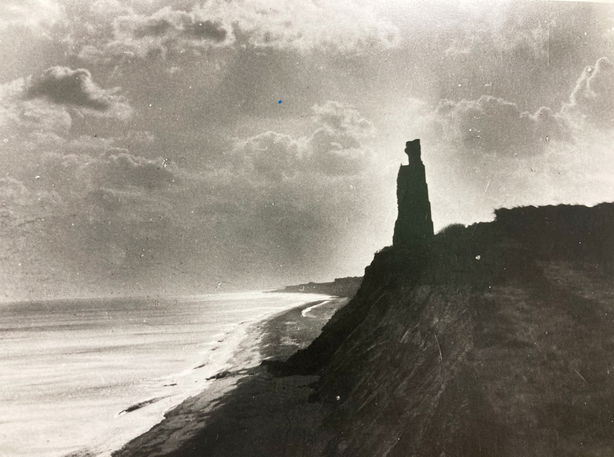A whopping 10 million pages of the PDR site were viewed this year — I think our first foray into octuple digits... Without our readers we are nothing, so an equally whopping "thank you" to all of you who clicked, swiped, and perused. And to all our contributors who keep filling the pages with such bounty. From the 64 collection posts, 21 essays, and 1 conjecture piece that we had the pleasure to publish, here's a rundown of the ten most read. ...
The introduction of gin to England was a delirious and deleterious affair, as tipplers reported a range of effects: loss of reason, frenzy, madness, joy, and death. With the help of prints by George Cruikshank, William Hogarth, and others, James Brown enters the architecture of intoxication — dram shops, gin halls, barbershops — exploring the spaces that catered to pleasure or evil, depending who you asked. Read More »
***
Was an alien woman really cast back into the sea after surfacing on the coast of Japan in 1803? Our post on Edo images of the mysterious "utsuro-bune" phenomenon. Read More »
***
Our post on Levi Walter Yaggy’s series of elaborate geographical and astronomical charts (1887/93), featuring illuminated cutaways and chromolithographic layers — a demonstration of their creator's belief that wonder is the helpmate of learning. Read More »
***
Our post on medieval illustrations of the Bonnacon, a mythical animal said to ward off attackers by expelling excrement with a devastating explosive force. Read More »
***
Those who sipped or sniffed ether and chloroform in the 19th century experienced a range of effects from these repurposed anaesthetics, including preternatural mental clarity, psychological hauntings, and slippages of space and time. Mike Jay explores how the powerful solvents shaped the writings of Guy de Maupassant and Jean Lorrain — psychonauts who opened the door to an invisible dimension of mind and suffered Promethean consequences. Read More »
***
Our post on William Heath’s March of Intellect series which offered a satirical vision of the wonders and potential cost of progress in 1820s Britain. Read More »
***
Our post on a set of “fight book” manuscripts from the 1400s which raise a historically vexing question: did men and women really duel to settle judicial disputes? Read More »
***
Reading Heinrich Cornelius Agrippa’s encyclopedic study of magic is like stumbling into a vast cabinet of curiosities, where toad bones boil water, witches transmit misery through optical darts, and numbers, arranged correctly, can harness the planets’ powers. Anthony Grafton explores the Renaissance polymath’s occult insights into the structure of the universe, discovering a path that leads both upward and downward: up toward complete knowledge of God, and down into every order of being on earth. Read More »
***
Erotic magic, Black emancipation, gender fluidity, interplanetary spirit realms — these were but a few of the topics that preoccupied Paschal Beverly Randolph (b. 1825), an occult thinker who believed that his multiracial identity afforded him “peculiar mental power and marvelous versatility”. Lara Langer Cohen considers the neglected politics of Randolph’s esoteric writings alongside the repeated frustration of his activism: how dreams of other worlds, above and below our own, reflect the unfulfilled promises of Emancipation. Read More »
***
Beneath the waves, off the Suffolk Coast, lies a city taken by the sea through centuries of erosion. Matthew Green revisits Dunwich, a once lively port transfigured into a symbol of loss, both eerie and profound, for generations of artists, poets, and historians drawn to its ruinous shores. Read More »
***













